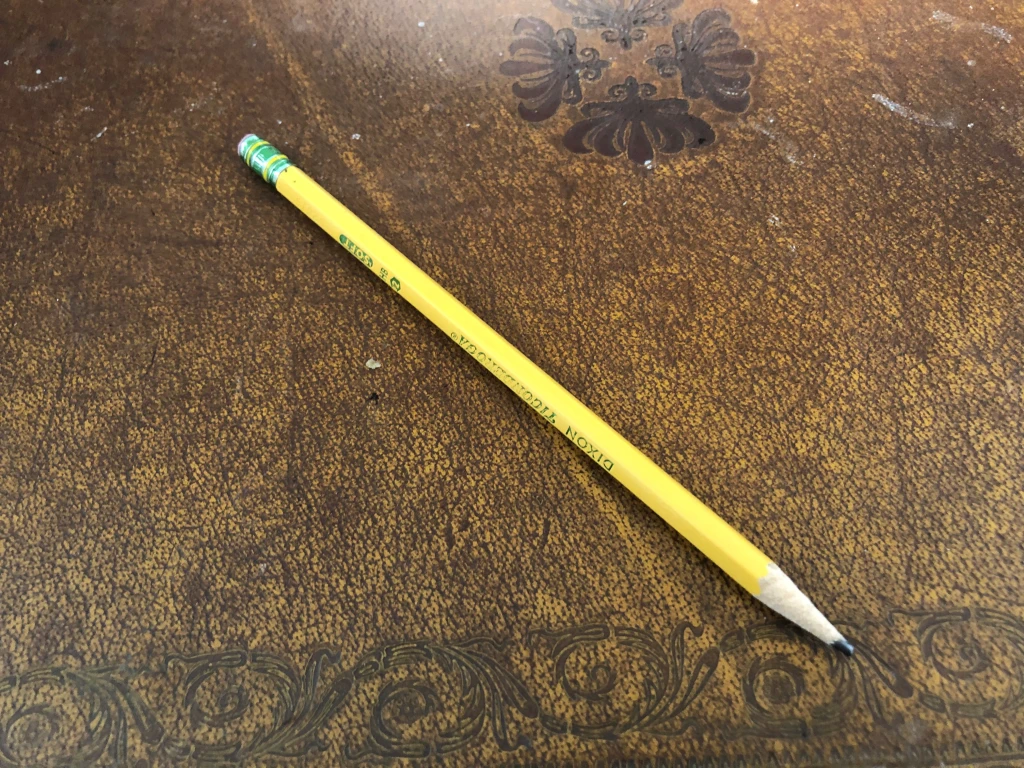A Little Thought Experiment
This little (kleine) German phrase describes a thought experiment.
Wiki notes,
“The common goal of a thought experiment is to explore the potential consequences of the principle in question:
“A thought experiment is a device with which one performs an intentional, structured process of intellectual deliberation in order to speculate, within a specifiable problem domain, about potential consequents (or antecedents) for a designated antecedent (or consequent)” (Yeates, 2004, p. 150).
Given the structure of the experiment, it may not be possible to perform it, and even if it could be performed, there need not be an intention to perform it.
Examples of thought experiments include Schrödinger’s cat, illustrating quantum indeterminacy through the manipulation of a perfectly sealed environment and a tiny bit of radioactive substance, and Maxwell’s demon, which attempts to demonstrate the ability of a hypothetical finite being to violate the 2nd law of thermodynamics.”

Meown GE involved a pencil and ponderings of the things of the universe.
Back in the halcyon days when I taught Hebrew, I had abhorred the exercises found in the standard textbooks and instead put my students to the task of translating Genesis 1 and 2 as they are to be found in the TaNaK or Old Testament (I prefer TaNaK or TNK and will use that). For those familiar, those two chapters describe how “In the beginning God created.” Those two chapters describe, rather succinctly, the beginnings of everything from the Word of God.
So, as I pondered the no. 2 on my desk I asked myself, “how did it get there?” The question was more ontological than geographic. I thought about what it took to put the graphite (or whatever that is) in the wood, surrouned with the yellow paint with an eraser attached with a metal band. After the initial “what did it take to make the pencil” I wondered, “what did it take to make each part of the pencil; what did it take to make the wood, the graphite (go with me on that), the eraser, the metal?” That led to questions of rock formations, and trees, and all of the things that it took to make them. Which led to the Earth that we live on. And that led to, “how did the earth come to be?” Which led to the Solar System and “how did it come to be?” Which led to the Milky Way . . . well, you see where I am going with this. Very rapidly I came to realize that each smaller item relied on its formation by the next higher item and very soon I am at the level of the Universe as being Necessary for the fact that I had a pencil sitting on my desk.

So, back to that pencil on my desk and my Hebrew classes. What we see in “the Heavens” in such structures as the Orion Nebula are the building blocks and materials that God used as he made all around us and above us and beyond us so that we would have a place to Live and come to Know Him as Roman’s 1.19-20 says, “because what is known of God is clearly seen in them [people]; for God made it visible to them. For the unseen things of him, from the creation of the world the things he made are clearly seen; the everlasting power and divine nature of him . . .” (MOT)
I look up into the heavens and I see His works. His power. His majesty. Yes, even in the dust of the Orion Nebula, which hints at how that pencil came to be found on my desk. And in all of that I remember that He Knows My Name!
What do you think?

